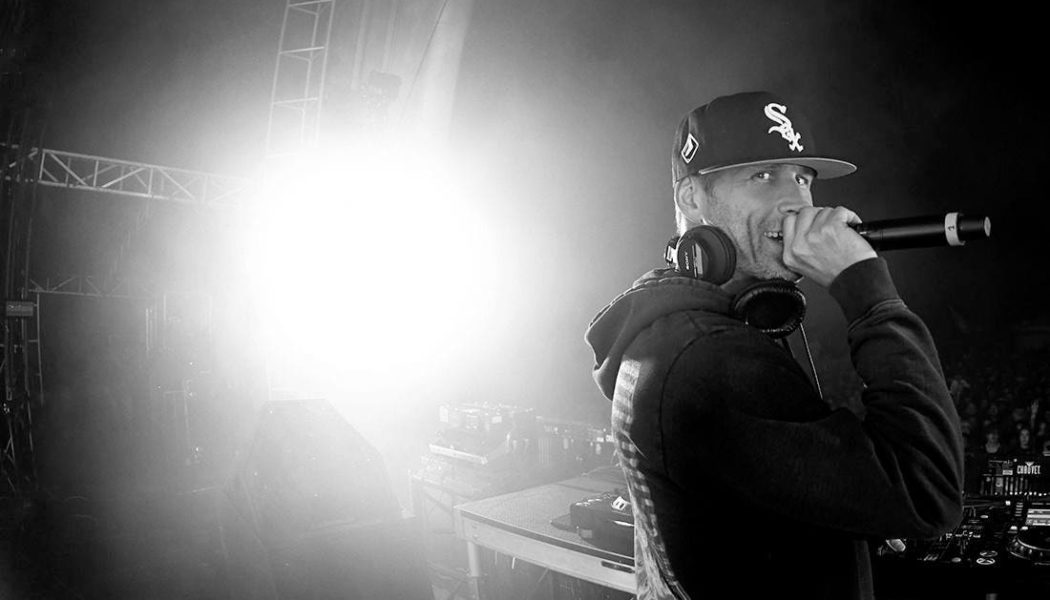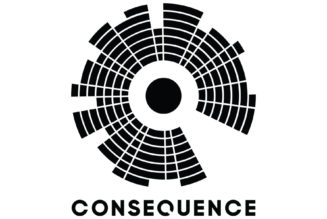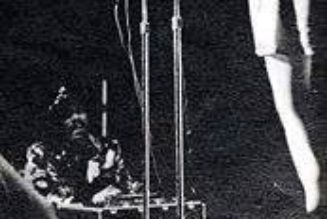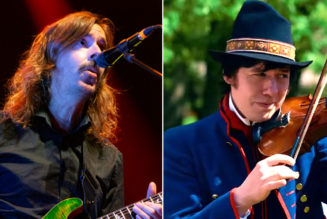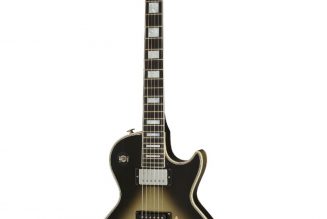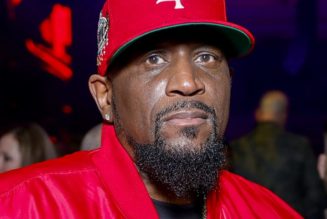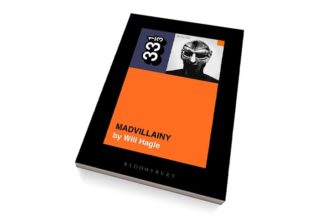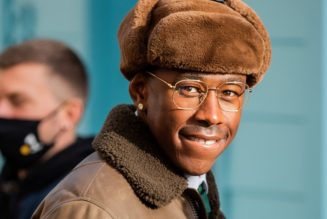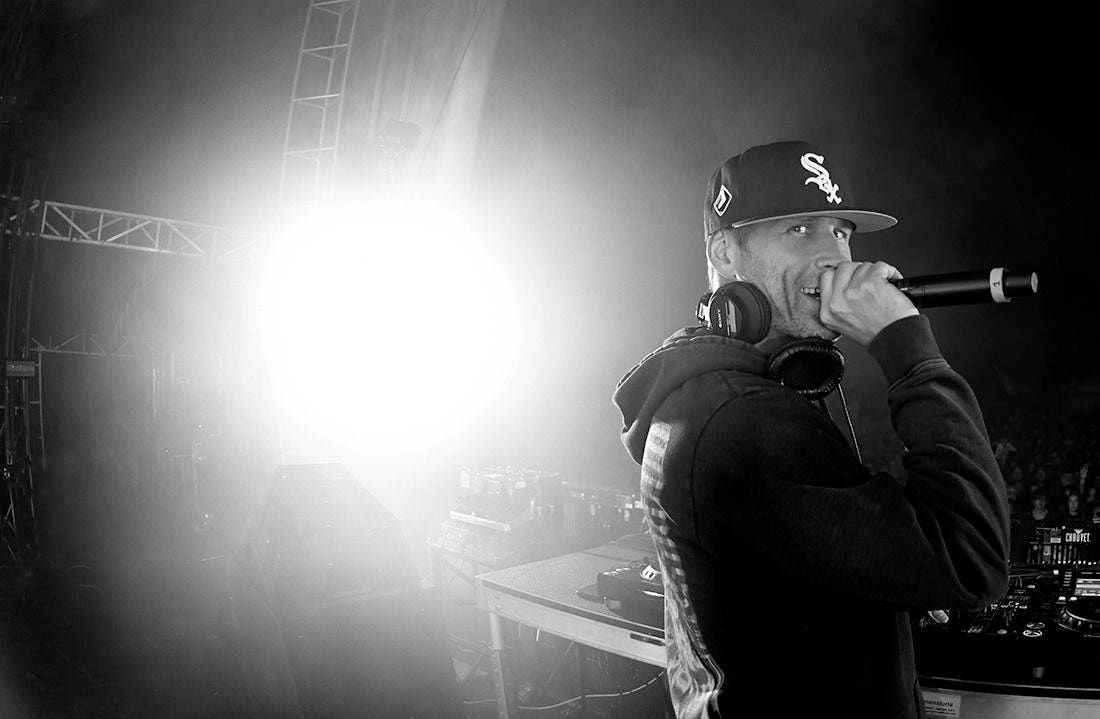
For many within the dance music world, Kaskade is the man who needs no introduction.
The sound designer not only boasts 12 studio albums and seven Grammy nominations, but he holds the titles of being the first deejay to secure a Las Vegas residency, the first solo dance producer to sell out both Chicago’s Navy Pier and Los Angeles’ Staples Center and the first electronic artist to headline top-tier festival Coachella. His ability to weave a diverse tapestry of sounds has allowed him to collaborate with acclaimed artists such as Alicia Keys, Jennifer Lopez, Gwen Stefani and Meghan Trainor. His multifaceted creative abilities are further showcased through his partnership with iconic artist deadmau5 as the two joined forces to create Kx5 in 2022. In addition, Kaskade created an entire season of music for video game giant Rocket League.
Kaskade, legally known as Ryan Raddon, has certainly proven to be one of the most successful North American progressive house deejays in the aughts as well as a stunningly successful producer since. However, there is another side to him: An underground house music-leaning event brand dubbed REDUX that also features corresponding EPs. Today, October 27, the tastemaker releases REDUX 006, marking the latest installment in the series.
The seven-track body of works begins with “Brighter (feat. Emmit Fenn),” setting the stage for what is to come throughout the EP, which is Kaskade’s ability to throw down at any BPM. The intro track includes haunting beats, ominous vocals, slow-burning energy and dramatic synths, while the following song, “About Us,” brings in bouncy basslines, an entrancing topline and UK garage-inspired tunes. “Meaning of Love” takes a different turn with airy soundscapes, resounding synths and sensations of being carefree and full of elation.
Halfway through the EP is “It’s Gone,” coming in with effervescent basslines, hypnotizing synths and ambient melodies. “Turn You Up” follows suit, where Winn Winn’s sultry spoken word is layered over a smoldering and honeyed production. “On My Way” delivers a driving bassline accompanied by a cinematic crescendo that leads into groovy beats. Closing out the sixth edition of the REDUX EP series is “Save Me,” complete with mystical energy, dulcet vocals and swirling synths. Indeed, REDUX 006 takes audiophiles on a trip through various genres, further exemplifying Raddon’s production mastery.
Raddon says he launched the REDUX brand 10 years ago during the peak EDM area, during which he was selling out massive areas with tens of thousands of people. His shows, much like all EDM performances at this time, were planned out in order to give maximum grandiose effects with both visuals and music. Yet, this style of spinning is much different from the electronic music that he grew up with when he entered the scene.
“The great thing [about] performing and playing electronic music is that it’s so off the cuff and not planned. [When it was] coming up, it was typically a big room with 500 or 700 people, so it’s much more intimate and the sound reflected that,” he says. “EDM was so bombastic and so big [with] these massive festivals or massive shows, so it was more curated. The idea behind REDUX was a quieter, more subdued sound—a longer burn in a more intimate setting.”
“I think what I would tell my younger self is to relax. Enjoy the process.,” Kaskade says. “All of … [+]
The household name says REDUX 006 isn’t intended to be “something that is hitting at the club at two o’clock in the morning and everybody’s throwing their hands up or pulling their phone out.” The EP, along with previous REDUX releases, is designed to be “more freewheeling.”
“There is no box to put it in. It can be whatever it wants to be,” Raddon adds.
There was no REDUX EP in 2022 because Raddon was occupied with his Kx5 project, giving him extra time to create the newest release. He says this allowed for additional inspiration since he had more space between the projects. While there wasn’t a release last year, the vanguard artist says the latest installment “has a home with these EPs.” The series is surely a cohesive body of work, and REDUX 006 fits into that. He notes that while listeners may associate deep house with ‘90s house music, he says that calling it a throwback genre isn’t necessarily correct. He believes it’s important to take that influence and provide a distinct take on it. “I’m always trying to have a little bit of that,” he says.
Raddon has been gracing the Las Vegas club stages for years. He notes, though, that this style of performance differs from when he plays at traditional clubs. He says the Las Vegas residency shows attract people who are, “for lack of a better term, pedestrian club people that are just out for the night.” He says these attendees may have one Kaskade song on their phones and aren’t necessarily his “diehard” fans. He says these styles of performances allow him to showcase new music to people who may have never seen him before or been to a show in their lifetime. On the other end of the spectrum are traditional music-focused clubs, such as New York City’s The Brooklyn Mirage, where he performs to thousands of his “diehard tribe” who want to hear his entire catalog of music. While these are two different experiences, he says he enjoys both.
Club culture, the influential artist says, has changed throughout his years. Raddon says the current prominence of festivals in so many cities has caused festivals to take over the dance music sphere. He compares it to when he entered the scene 25 years ago and it was mostly for “misfits that were exploring different things, different music and different lifestyles.” Now, he sees nightclubs as part of the landscape where even the smallest cities have accessible music venues.
As for what he missed the most about that original club culture, he says: “I think the fact that it was so forward-thinking—in all ways musically, politically, lifestyle, fashion—and there are still elements of that out there. I don’t think that spirit is completely dead. It exists, but I think it’s just harder to find now, which is weird because we’re more connected. You’d think it should be easier to find. But no, you have to peel the layers back a little bit. It’s like now, it’s not going to be the obvious venue that holds 7,000 people. It’s going to be some small place, off the beaten path in some neighborhood that you don’t know about in Brooklyn that only holds 500 kids.”
